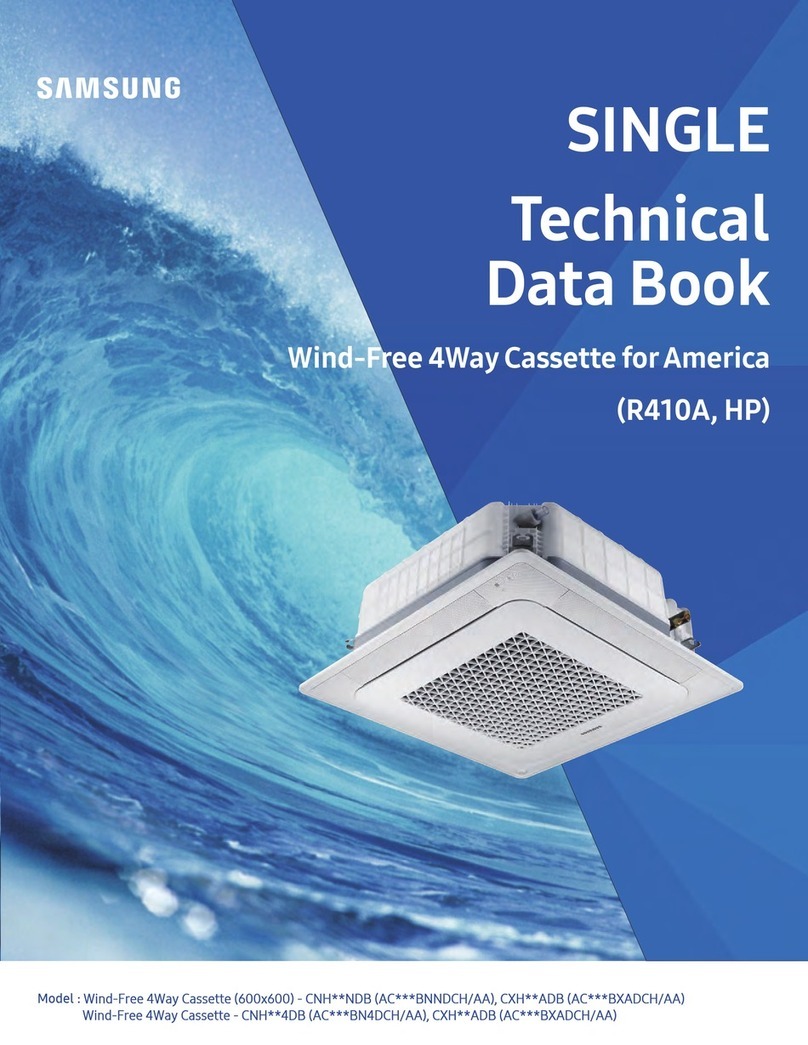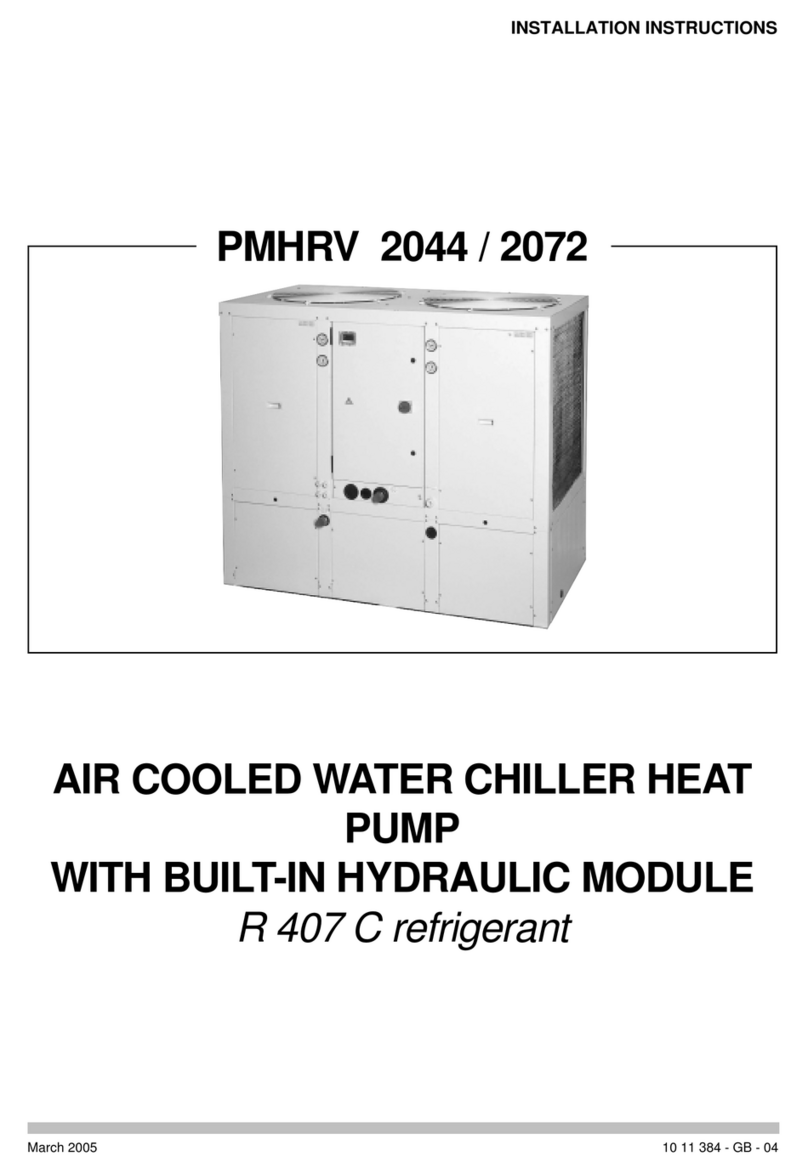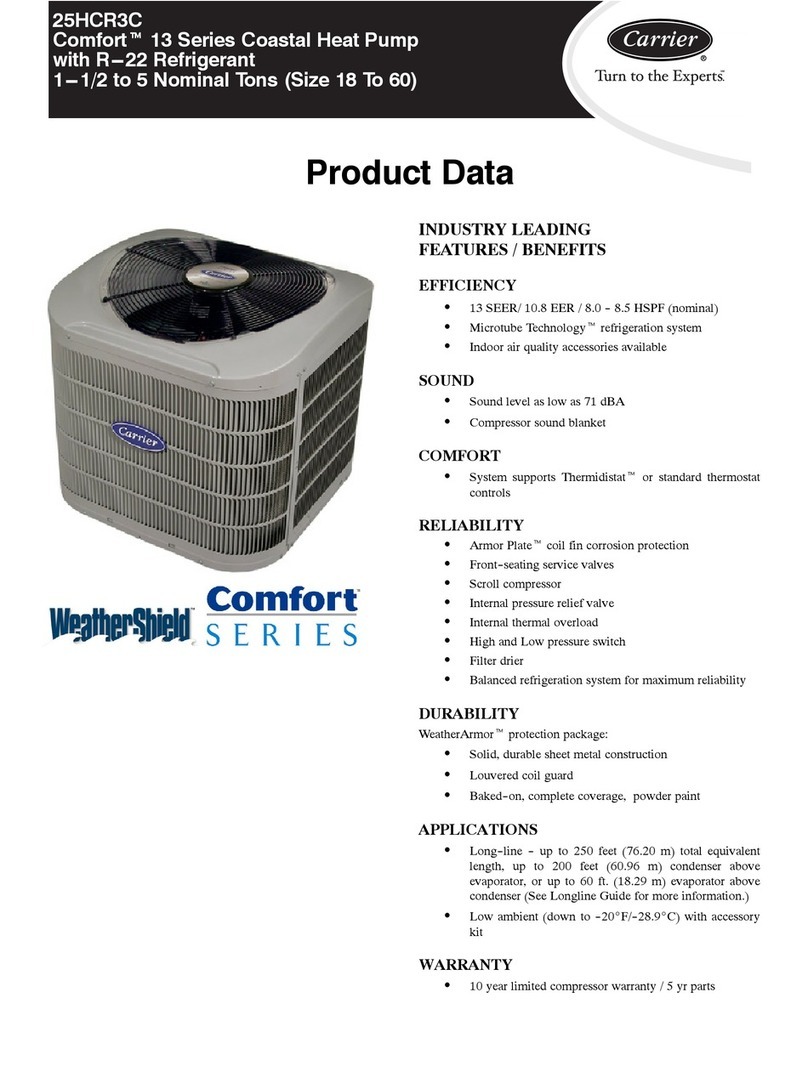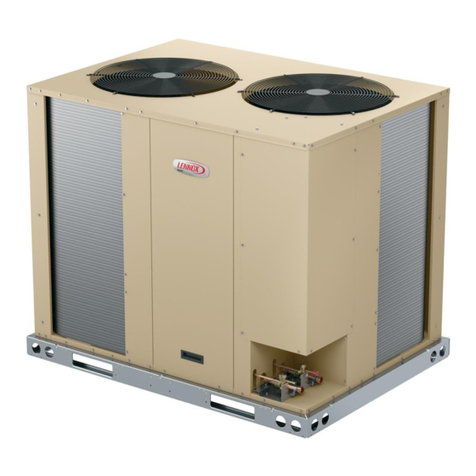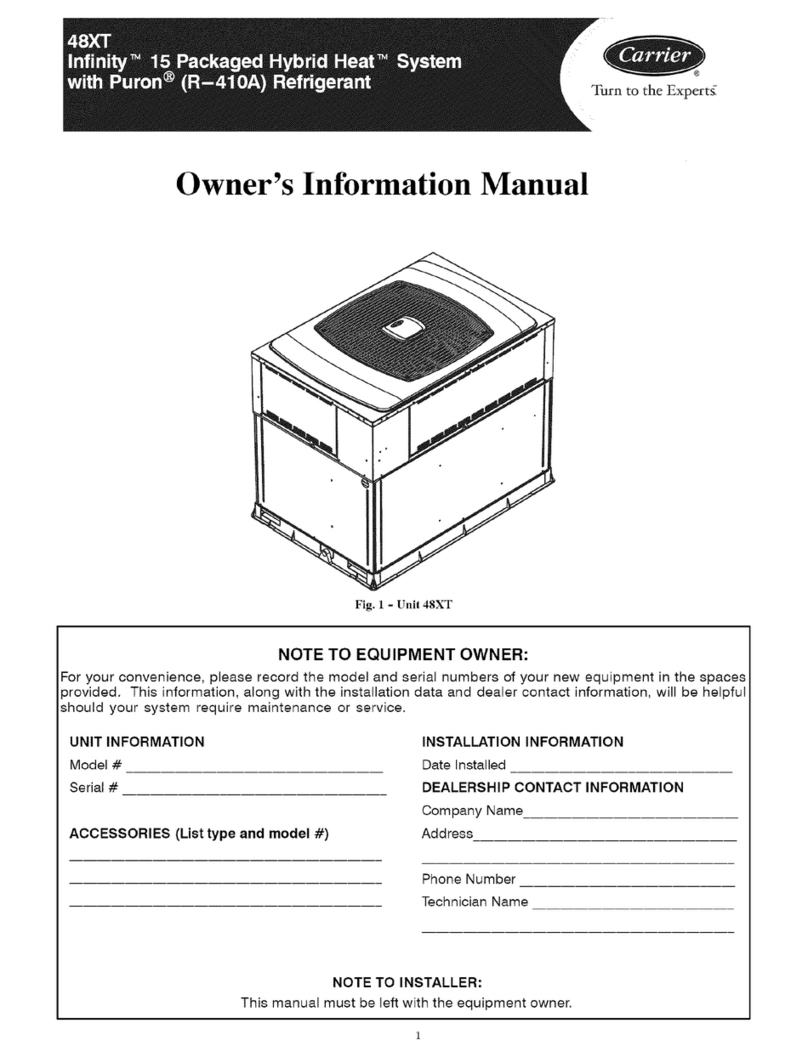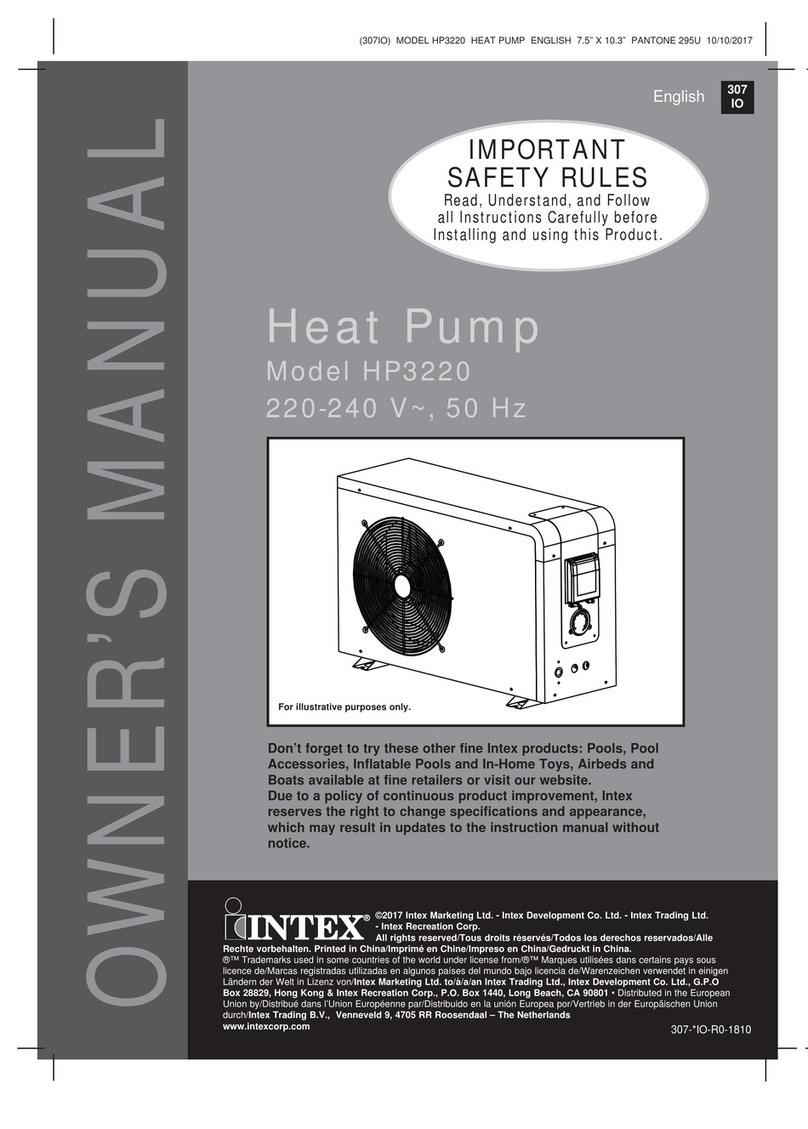
VivaldiCopyright2012©V1.0 2
Table of contents
INTRODUCTION............................................................................................................................................. 3
VIVALDI PUMPS - TECHNICAL FEATURES................................................................................................ 4
CONCERTORANGESERIESV4
Explodedviewofallmodels..................................................................................................................................5
GENERAL DIAGRAM OF THE HEATING AND COOLING CIRCUIT........................................................... 6
Heatingmode .......................................................................................................................................................6
Coolingmode ........................................................................................................................................................6
CONTROL AND SAFETY SYSTEM............................................................................................................... 7
3controldevices ...................................................................................................................................................7
4safetysystems....................................................................................................................................................7
DIAGRAMS OF THE ELECTRONIC CARDS ................................................................................................ 8
Concertorange–V30,V40,V50,V60,V70 ......................................................................................................8
HEAT PUMP INSTALLATION RULES.......................................................................................................... 9
Minimumdistancefromobstacles:.......................................................................................................................9
Distancerequiredfromthepool ...........................................................................................................................9
Otherinstallationprecautions ............................................................................................................................10
ElectricalstandardC15‐100section702.............................................................................................................10
ELECTRICAL INSTALLATION ....................................................................................................................11
Filterpumpservocontrol ....................................................................................................................................12
Assemblyandinstallationofthecontrolbox......................................................................................................13
–HYDRAULIC INSTALLATION.................................................................................................................... 13
EXAMPLESOFCONNECTIONS14
Bypass(divertervalves) ......................................................................................................................................15
INITIAL COMMISSIONING........................................................................................................................... 16
Calculatethetemperatureincreasetime ...........................................................................................................16
Operatingprinciple .............................................................................................................................................17
SafetyInstructions ..............................................................................................................................................17
Recommendedoperatingtemperature ..............................................................................................................17
Operationduringcoldseasons ...........................................................................................................................17
Defrostcycles ......................................................................................................................................................17
Descriptionofthecontrolpanel..........................................................................................................................18
Selectmode.........................................................................................................................................................18
Configurationoftheheatpump .........................................................................................................................19
Errormessages/Errorfixing(1):.........................................................................................................................20
Errormessages/Errorfixing(2):.........................................................................................................................21
Errormessages/Errorfixing(3):.........................................................................................................................22
Tableoferrorcodesandcorrectiveaction..........................................................................................................23
GENERAL MAINTENANCE .........................................................................................................................25
Cleaningthefilterandthebasket.......................................................................................................................25
Adjustmentofthebypassvalves.........................................................................................................................25
Controlofwaterchemistry .................................................................................................................................25
Recommendedwaterchemistryvalues ..............................................................................................................25
Wintering ..............................................................................................................................................................1
Cleaningtheevaporator .....................................................................................................................................25
Removinglimescale ............................................................................................................................................25
GUARANTEE................................................................................................................................................26
Durationandpurposeoftheguarantee .............................................................................................................26
LimitsoftheGuarantee ......................................................................................................................................26
Repairsunderguarantee ....................................................................................................................................26
DECLARATION OF EC CONFORMITY....................................................................................................... 28
























